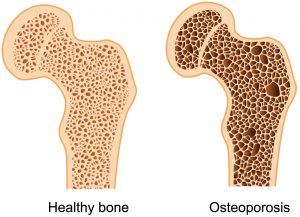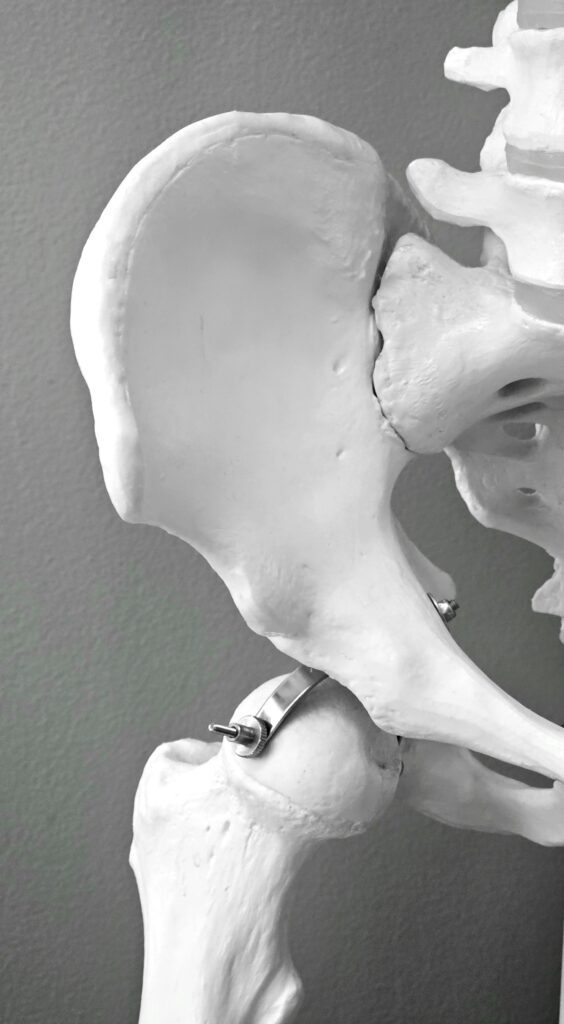Osteoarthritis, a common joint condition, affects millions worldwide, causing pain and mobility challenges. Understanding its causes, treatments, and lifestyle strategies is essential for managing symptoms and improving quality of life.
Osteoarthritis Uncovered:
Managing Pain and Protecting Your Joints
Osteoarthritis (OA) affects a significant portion of the population, with 80% of adults over 55 showing evidence of it on X-rays and 60% experiencing symptoms. This degenerative condition differs greatly from rheumatoid arthritis (RA), an autoimmune disease where the body mistakenly attacks its joints. While RA is typically bilateral—affecting both sides of the body, such as wrists—OA results from wear and tear or trauma, causing gradual degeneration.
Unlike RA, osteoarthritis isn’t about an overactive immune system but the breakdown of cartilage, ligaments, and even bone within joints. The inflammation in OA is secondary, often a response to joint damage. Treatments like non-steroidal anti-inflammatory drugs (NSAIDs), including ibuprofen and diclofenac, aim to reduce inflammation and pain. While these medications improve mobility and quality of life, they come with potential long-term risks, such as gastrointestinal issues, high blood pressure, and kidney problems.

Studies are uncovering promising natural alternatives to NSAIDs. For example, curcumin—a compound in turmeric—has been shown to reduce inflammation as effectively as NSAIDs but without the side effects. Enhanced formulations like BCM 95, often combined with Boswellia serrata (Indian frankincense), show promise in managing pain and inflammation in osteoarthritis. Lifestyle interventions also play a key role. Weight loss is critical, particularly for those with OA in weight-bearing joints like the knees. Low-impact activities such as water-based exercises, along with alternative practices like acupuncture and Tai Chi, can alleviate symptoms.

Osteoarthritis stems from both genetic and lifestyle factors. While genetics may predispose some individuals to weaker joint structures, repetitive strain or overuse can exacerbate the condition. Whether you’re a sports enthusiast or a baker rolling out dough, preserving joint health is crucial to reducing long-term damage.

Osteoarthritis may be a common condition, but it doesn’t have to mean a diminished quality of life. By blending medical treatments with natural alternatives and lifestyle changes, individuals can manage symptoms effectively while minimizing risks. Take steps today to protect your joints and embrace a more active, pain-free future!





